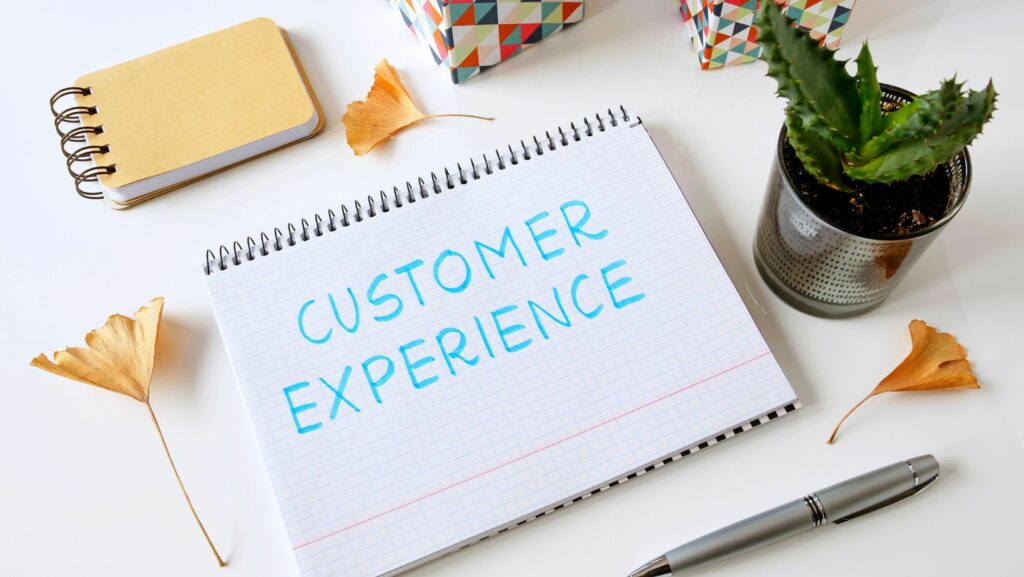
Unleashing the Power of Personalization – Elevating Customer Experience in the Digital Age
Personalization can improve customer satisfaction and engagement. Here are some best practices and tips to help you implement personalization into your digital marketing strategy.
Provide value: Personalization should always be focused on providing customers with a valuable experience. It may be through tailored product recommendations or personalized promotions.
Build a Personal Relationship with Your Customers
Establishing a deeper connection with customers through personalization makes interactions more meaningful for businesses. By delivering targeted content and product recommendations, companies can capture attention, resonate with each customer’s unique preferences, and foster brand loyalty.
One example of marketing personalization is personalized product recommendations. The online retail giant uses data on each customer’s shopping history, browsing behavior, and purchasing patterns to curate customized recommendations based on their interests.
For example, suppose you have visitors who visit your site and browse the same products. In that case, you can use this information to target them with personalized product recommendations via retargeting or email. Sending customized emails for special occasions, such as birthdays, membership anniversaries, or purchase anniversaries, can help establish a positive relationship with your customers. A survey found that 67% of buyers say they want brands to communicate with them in a personalized way.
Understand Your Customers’ Needs and Preferences
Personalization makes a difference in customer cx, product development, and virtually every aspect of your business. You must understand your audience’s needs and preferences to ensure you deliver on your promise to put the consumer first.

Fortunately, there are many ways to do this. One uses a CDP (Customer Data Platform) to integrate data across channels and tools to identify and address the proper needs at the right time.
Another is gathering feedback from your consumers directly via online surveys or forms. It’s a great way to find out what your customers want and need and lets you identify possible new markets.
For example, a clothing brand could use its data to offer recommendations for styles that will fit well. Similarly, Netflix uses its users’ viewing and purchasing history to curate personalized content for them. Investing time in understanding customers’ needs can improve engagement, boost conversions, and drive sales.
Utilize Data to Build Tailored Experiences
Consumers today anticipate tailored interactions from the brands they interact with. This trend has increased customer loyalty, which leads to higher brand retention.
Creating personalized experiences requires data, which can be collected through various methods. Marketers often use behavioral targeting, which uses previous interactions and purchase history to predict future actions. Other data sources include website analytics and surveys, which help market customers understand a customer’s interests and buying patterns.
A common personalization form is dynamic content tailored to each visitor. It can include product recommendations, targeted ads, social media updates, and more. Personalization tactics show customers that you value them and help build trust.
Personalized marketing can occur at any point in its customer journey, and it’s vital to have clear business goals and KPIs when implementing personalization.

It is essential to align your marketing strategy with your overall objectives to succeed. For example, one of the most popular personalization tactics is to send birthday or holiday offers to customers to increase engagement and sales.
Ensure a Consistent Brand Image
Businesses can increase brand awareness and loyalty through effective personalization strategies. By leveraging personalized content and offers, companies can reach new customers and drive conversation sales.
However, it’s essential to ensure that the personalization strategy is consistent across channels and does not create a confusing or overwhelming customer experience. Also, it’s crucial to be transparent about how customer data is used and give customers control over their information.
A shoe brand, for instance, lets customers customize their sneakers to increase customer engagement and sales. It will enable customers to build a sense of ownership and create an immersive digital experience that builds brand loyalty. Additionally, the brand utilizes landing pages that match the content of their emails to keep the conversation going and encourage customers to take the next step. It is a great way to convert customers and increase website traffic and email open rates.





